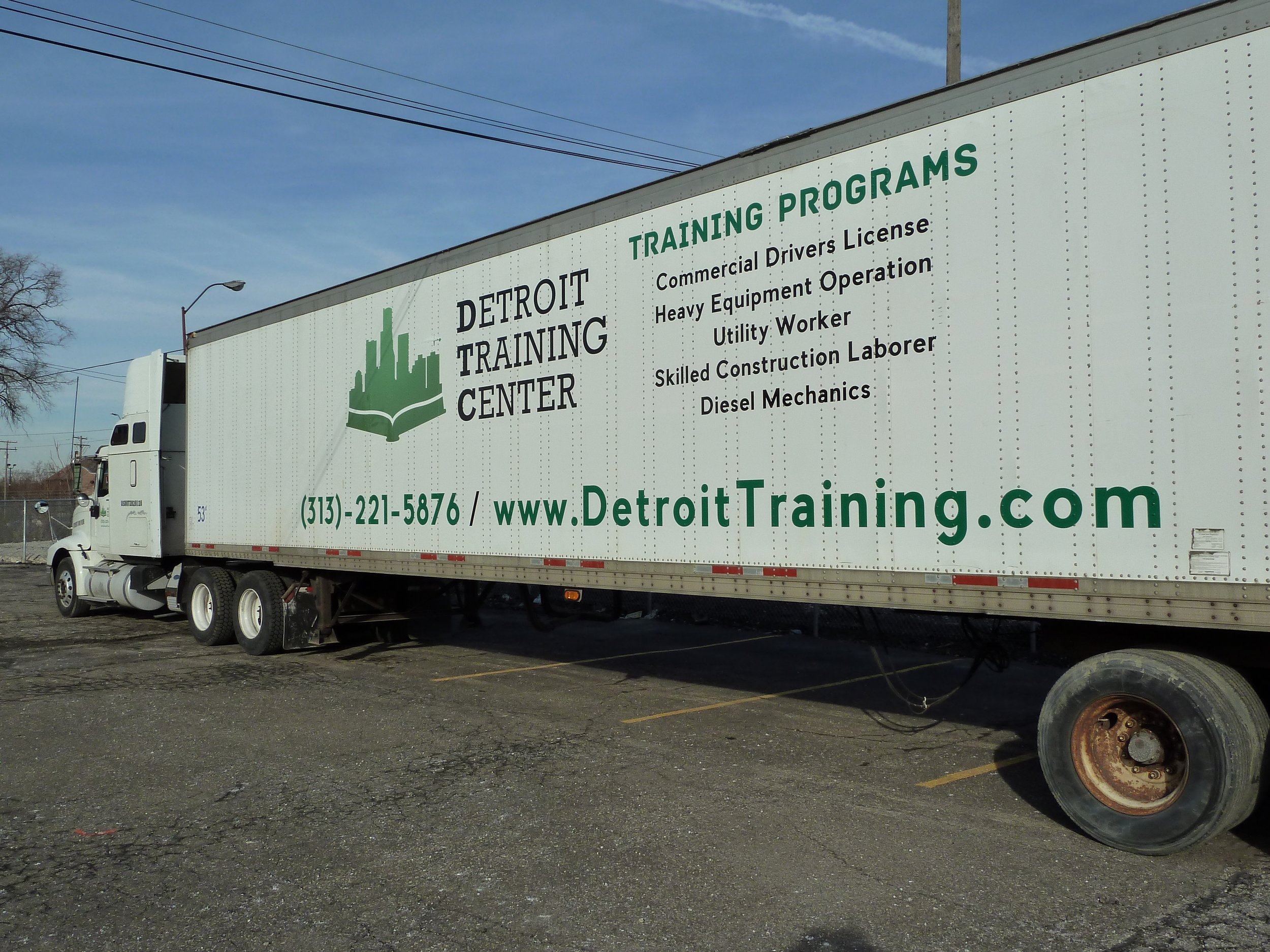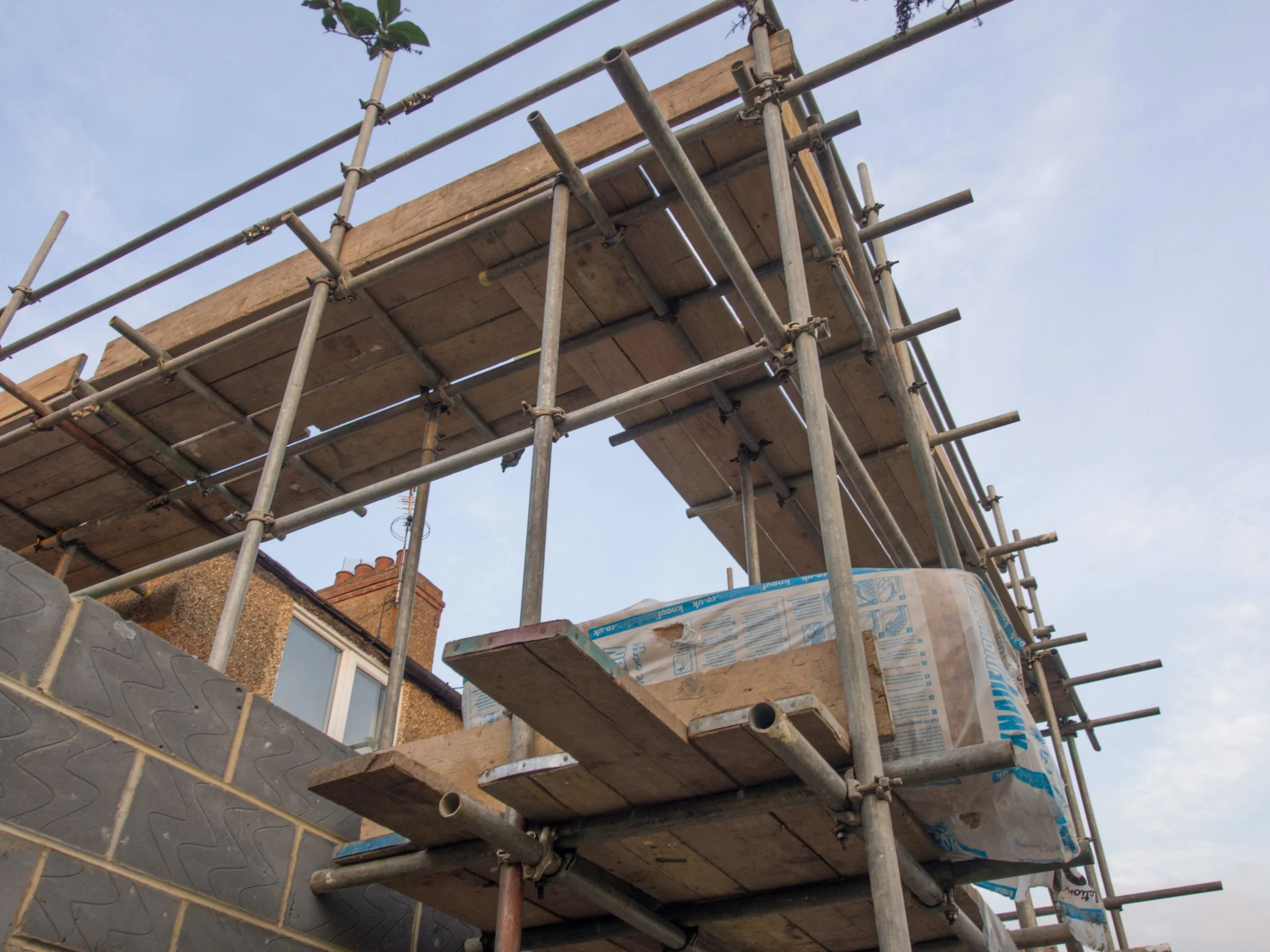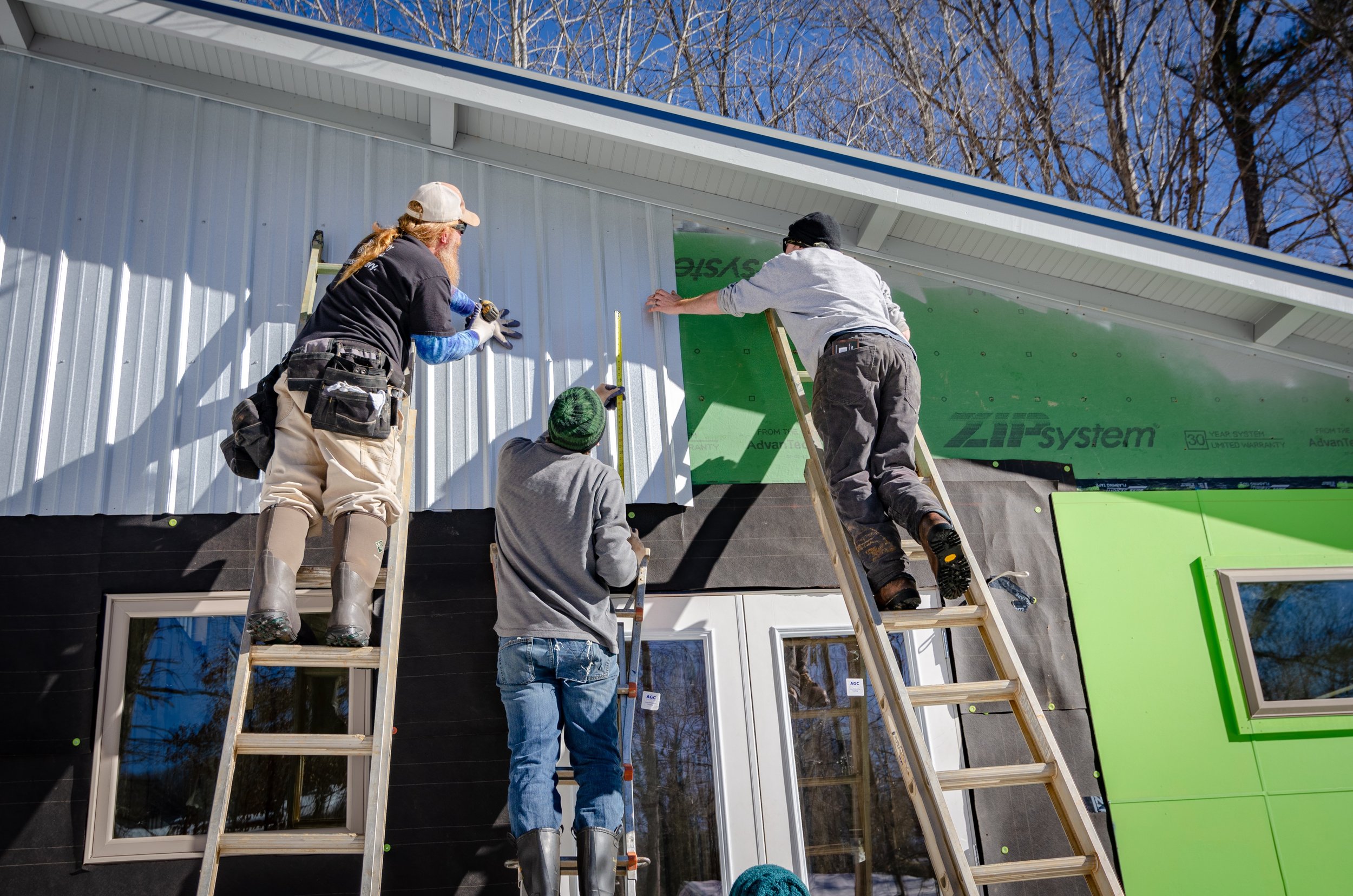As you sit watching your favorite television show or dream up your next big home improvement project, have you ever wondered if there are toxic health dangers hiding in your home? Probably not, but if you are planning on doing a little renovation work or a home remodeling project on your own, it is important to know the dangers of asbestos exposure before you get started.
What is Asbestos?
Asbestos is a group of six naturally occurring silicate minerals made up of thin, microscopic fibers. Asbestos offers heat and chemical resistance, fireproofing, and strength. Because of these qualities, it was a popular additive to a variety of products before its dangers became known. Individuals exposed to asbestos face health risks including cancer and other illnesses.
Asbestos is found in naturally occurring deposits around the world. Its deposits are located across the United States, mainly in the western U.S. and eastern coastal states. Although asbestos mining was prominent throughout the mid to late 1900s, its use in new products was ultimately banned by the United States Environmental Protection Agency in 1989. This is an important time frame to note if you are working around materials that may have been in place before then.
Where is Asbestos Typically Found?
Because of its fiber strength and heat resistance, asbestos was used in a variety of building construction materials for its fire retardancy and insulation capabilities. Asbestos has also been used in a wide range of manufactured goods—mostly in building materials—such as floor and ceiling tiles, paper products, asbestos cement products, heat-resistant fabrics, gaskets, packaging, coats, and friction products (e.g. automobile clutch, brake, and transmission parts).
Use caution when working around any of the following areas in your home:
● Attic and wall insulation;
● Siding and roofing shingles;
● Walls and floors around wood-burning stoves protected with asbestos paper, millboard, or cement sheets;
● Vinyl floor tiles and the backing on vinyl sheet flooring/adhesives;
● Textured paint and patching compounds used on walls and ceilings;
● Hot water and steam pipes coated with asbestos material or covered with an asbestos blanket and/or tape; and
● Oil and coal furnaces and door gaskets with asbestos insulation.
Safety Precautions to Reduce Asbestos Exposure
No amount of asbestos is ever considered safe. Once it is disturbed, it becomes dangerous due to its ability to break down into microscopic fibers and become airborne. Asbestos fibers can linger for days, making them easy to breathe in. Once these fibers are inhaled, they can travel deep into a person’s lungs where they may eventually lodge in the lung tissue. Once it is in the lung tissue, asbestos fibers can cause several serious diseases, including various cancers. For example, peritoneal mesothelioma cancer is caused by inhaling or ingesting asbestos fibers. Unfortunately, mesothelioma cancers take a long time to show up in the system and someone may not receive a diagnosis until years after initial asbestos exposure. This is why it’s critical to take the necessary safety precautions when working with asbestos.
Always wear required protective clothing such as coveralls or similar full-body clothing, gloves, head coverings, and foot coverings when working near areas where asbestos may be present. Goggles, face shields, and other protective equipment are also necessary.
Follow these safety measures to reduce your risk of asbestos exposure:
● Do have major repair and removal done by people trained and qualified in asbestos removal. It is highly recommended that sampling and even minor repairs still be handled by asbestos professionals.
● Do take every precaution to avoid disrupting asbestos material.
● Do keep activities to a minimum in any areas having damaged material that may contain asbestos.
● Do not dust, sweep, or vacuum debris that may contain asbestos.
● Do not saw, sand, scrape, or drill holes in asbestos materials.
● Do not brush or try to level asbestos flooring or its backing. When asbestos flooring needs to be replaced, install new floor covering over it.
● Do not use abrasive pads or brushes on power strippers to strip wax from asbestos flooring. Never use a power stripper on a dry floor.
● Do not track material that could contain asbestos through the house. If you cannot avoid walking through the area, have it cleaned with a wet mop. If the material is from a damaged area—or if a large area must be cleaned—call an asbestos professional.
Hire a Professional
Unless it is labeled, you will not know whether a material contains asbestos just by looking at it. When starting a new home improvement or renovation project, treat the material as if it contains asbestos by following the above guidelines or contact an asbestos professional in your area to have it sampled and analyzed. Asbestos professionals are trained in handling asbestos material.
The type of professional will depend on the type of product and what needs to be done to correct the problem. You may hire a general asbestos contractor or, in some cases, an asbestos abatement professional trained to handle specific products and remove it for you. Abatement professionals are highly trained to follow federal and state laws. The United States Environmental Protection Agency (EPA) requires abatement specialists to receive thorough training and accreditation.
Certified asbestos professionals can conduct home inspections, take samples of suspected material, assess its condition, and advise what corrections are needed and who is qualified to make those corrections. A professional abatement contractor can then repair and/or properly remove asbestos materials.
Home improvement projects are a fun and rewarding investment, but it also comes with risks. Knowing the hazards before starting your next project ensures that you stay safe and healthy. As tempting as it may be to want to start right away, always ask yourself if you are sure the project is safe to tackle on your own or should you be calling a professional for help and guidance.
** If you are a contractor in Michigan and interested in becoming a certified and licensed asbestos abatement professional, Detroit Training Center can help you. You will receive the highest quality instruction with the most hands-on training for obtaining your certificate for licensing, along with the 8-hour refresher course that is required once a year to maintain licensure.
Additional Resorce: Asbestos.Com



































